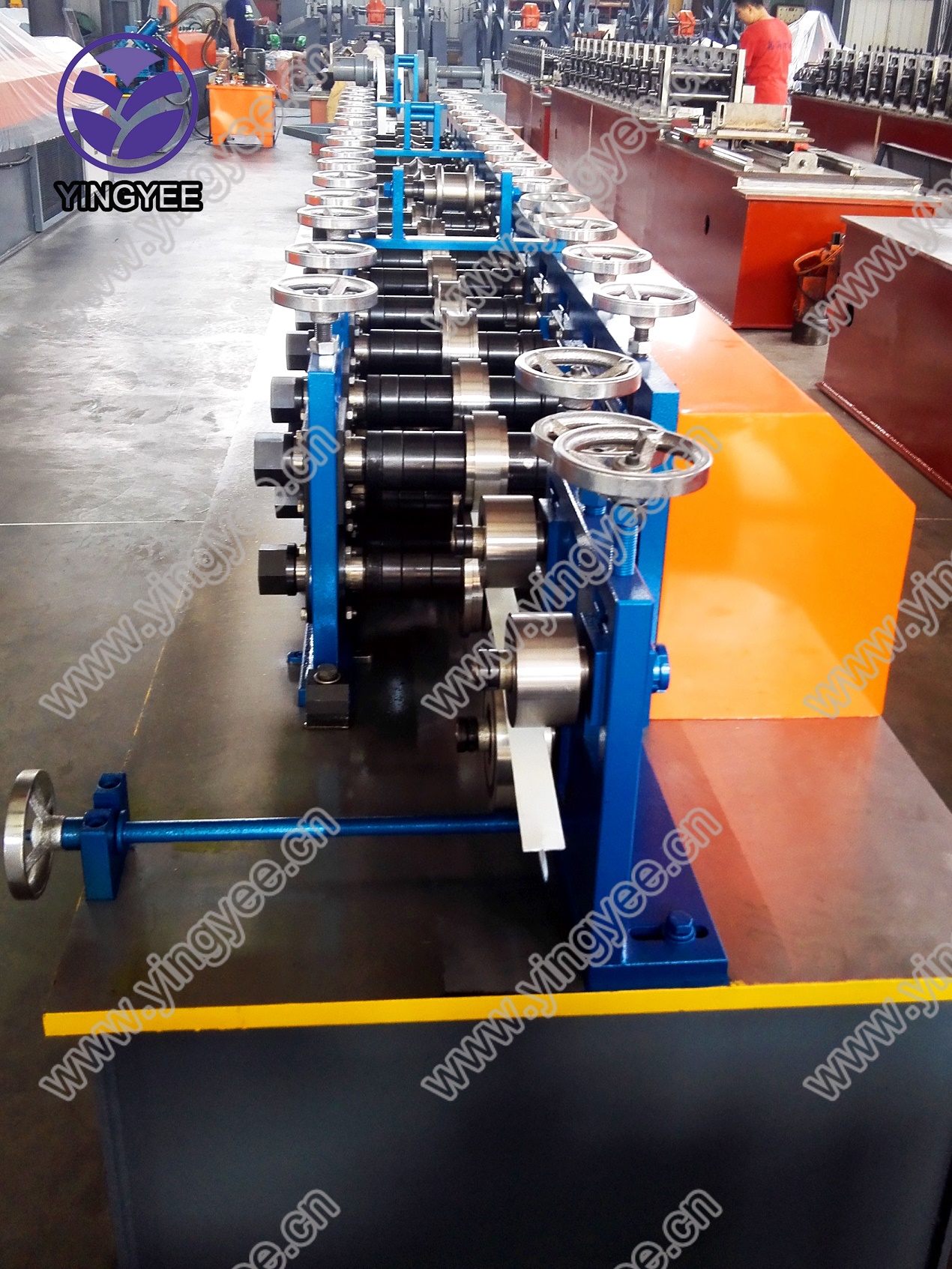
Understanding Beam Welding Lines Precision in Structural Integrity
Beam welding lines are essential components in the manufacturing and construction industries, particularly for structures that require high strength and rigidity. In this article, we will explore the fundamentals of beam welding lines, their applications, advantages, and the technologies involved in creating these crucial structural elements.
What is Beam Welding?
Beam welding refers to the process of joining two or more metal parts by melting and fusing them together using a concentrated heat source. This is often accomplished with welding techniques such as laser welding, arc welding, or beam welding with electron beams. The result is a strong and durable joint that can bear significant loads, making it ideal for use in structural applications.
The Role of Beam Welding Lines
Beam welding lines are integral in creating components that make up larger structures, such as bridges, buildings, and various industrial installations. These lines involve a systematic arrangement of workstations where different aspects of the welding process take place, from preparation to the final inspection.
In a typical beam welding line, the workflow includes several stages cutting and shaping raw materials, setup and positioning of the components, welding, cooling, and finishing operations. This systematic approach ensures consistency in quality and efficiency in production.
Applications of Beam Welding Lines
1. Construction Sector One of the most significant applications of beam welding lines is in the construction of steel frameworks for buildings and bridges. These structures require beams that can withstand heavy loads, making precision in welding crucial.
2. Automotive Industry The automotive sector employs beam welding lines for manufacturing car frames and other structural components. The strength and reliability of welded joints are critical to ensure the safety and longevity of vehicles.
3. Shipbuilding In shipbuilding, beam welding lines are utilized to create the hulls and other structural elements of ships. The ability to create strong and watertight joints is essential in this demanding environment.
4. Heavy Machinery Manufacturing equipment and machinery often involve the use of welded beams. These parts must endure significant stress and strain, and beam welding provides the necessary strength.

Advantages of Beam Welding
1. Strength Welded beams offer superior strength compared to traditional fastening methods like bolts or rivets. The continuous nature of the weld creates a robust joint capable of carrying heavy loads.
2. Efficiency Modern beam welding lines are designed for high production rates. Automation and sophisticated technology streamline the process, reducing labor costs and time taken to produce beams.
3. Versatility Various types of metal can be welded, allowing for versatility in applications. Structural steel, aluminum, and specialized alloys can all be effectively welded.
4. Reduced Weight Welded structures can be manufactured with less material without compromising strength, leading to lighter and more economical designs.
Technologies in Beam Welding
The evolution of beam welding technologies has led to significant advancements in production capabilities. Some of the most notable technologies include
- Laser Welding Utilizing a high-intensity laser beam to melt the metal, this technique allows for precise and rapid welding with minimal distortion.
- Electron Beam Welding This process employs a focused stream of electrons to create high-temperature conditions for welding, suitable for high-precision applications.
- Robotic Welding Systems Automation in welding processes enhances efficiency and accuracy, allowing for complex geometries and reducing human error.
Conclusion
Beam welding lines have revolutionized the way we construct and manufacture structural components by providing strength, efficiency, and versatility. As industries continue to innovate and demand higher performance from materials, the importance of efficient welding lines will only increase. Embracing advanced technologies in beam welding will enable manufacturers to meet the evolving requirements of modern engineering, ensuring the structural integrity of the systems we rely on every day. As we look to the future, the advancements in beam welding will pave the way for lighter, stronger, and more efficient constructions suited for the challenges ahead.